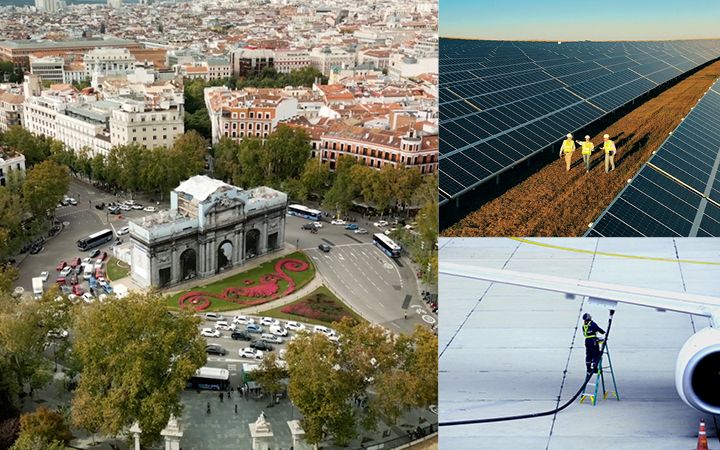Full spectrum of expertise
Our understanding of public policies, societal trends, and business strategies crosses disciplines as well as borders. Our passion to help solve society’s challenges fuels our ambition to create impactful and transformative solutions. We take pride in tackling some of the most complex challenges of our generation. We work to boost business competitiveness, create thriving communities, and deliver on policy priorities for local and national governments.
Our solutions
Our services
Customers
- Audience insights
- Strategic communication
- Social listening
- Sentiment analysis
- Data analytics
Colleagues
- Peer learning
- Virtual events
- Stakeholder engagement
- Change management
- Culture and employee activation
- Policy dialogue
- Capacity building
Citizens
- Behavioral change
- Education and experiences
- Community engagement
- Outreach
- Social responsibility/citizenship

ICF Spain
Our new Madrid office provides a blend of strategic communication, aviation, and policy development consulting—plus deep understanding of the Spanish landscape. We are uniquely positioned to support local EU institutions, Spanish government agencies, and organisations in the aviation and tourism sectors.
Our work
Media trips: Enhancing global awareness of local content
Helping the European Commission promote the rule of law in the EU
Celebrating 20 years of Hungary’s membership in the EU
Exploring the ramp-up of hydrogen production in the EU
Empowering communities through the Just Transition Fund
Influencers across Europe champion public health online
Carbon reduction plan
ICF Consulting Services Ltd UK pay gap
Featured experts
Contact us
Brussels, Belgium
Phone: +32 (0)2 275 01 00
Fax: +32 (0) 2 537 21 67
Birmingham, United Kingdom
Phone: +44 (0) 121 233 8900
Fax: +44 (0) 121 212 0308
Plymouth, United Kingdom
Phone: +44 (0) 1752 262 244
Fax: +44 (0) 1752 262 299
London, United Kingdom
Phone: +44 (0) 20 3096 4800
Fax: +44 (0) 20 3368 6960
Leeds, United Kingdom
Phone: +44 (0)844 847 0230
Related industries, services, and solutions




